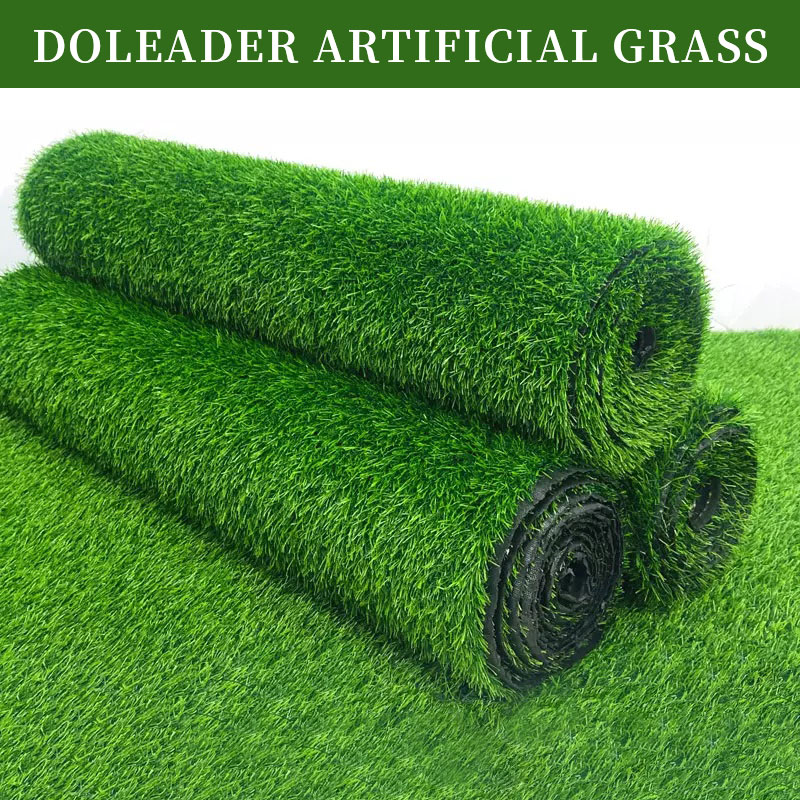
Are you a soccer enthusiast looking to create a backyard soccer field for your family and friends to enjoy? One of the most important decisions you’ll make is choosing the right soccer turf. With so many options available, it can be overwhelming to decide which one is best for you. In this article, we’ll explore the key factors to consider when selecting a soccer turf for your backyard.
1. Type of Turf
The first step in choosing the right soccer turf is to decide on the type of turf you want. There are several options available, including natural grass, artificial turf, and hybrid turf. Natural grass is the most traditional option and provides a natural playing experience, but it requires regular maintenance and can be affected by weather conditions. Artificial turf, on the other hand, is made from synthetic materials and is low maintenance, but it can be hot and uncomfortable to play on in warm weather. Hybrid turf is a combination of natural and artificial turf, offering a compromise between the two.
2. Cost
Another important factor to consider is the cost of the soccer turf. Natural grass is generally the most expensive option, as it requires regular maintenance and upkeep. Artificial turf is typically the most affordable option, as it requires little maintenance and can last for many years. Hybrid turf falls somewhere in between the two, offering a balance between cost and performance.
3. Durability
When choosing a soccer turf, it’s important to consider its durability. You’ll want a turf that can withstand regular use and last for many years. Artificial turf is generally the most durable option, as it’s made from synthetic materials that are designed to withstand heavy use. Natural grass, on the other hand, can be prone to wear and tear, especially in high-traffic areas. Hybrid turf offers a compromise between the two, providing a durable surface that can withstand regular use.
4. Safety
Player safety is an important consideration when choosing a soccer turf. You’ll want a surface that provides adequate traction and cushioning to prevent injuries. Artificial turf is generally considered the safest option, as it provides a consistent and stable surface. Natural grass can be slippery, especially when wet, and hybrid turf can offer a compromise between the two.
5. Maintenance
Finally, you’ll want to consider the maintenance requirements of the soccer turf. Natural grass requires regular mowing, watering, and fertilization, while artificial turf requires little maintenance. Hybrid turf falls somewhere in between, requiring occasional mowing and watering.
Conclusion
Choosing the right soccer turf for your backyard can be a daunting task, but by considering the type of turf, cost, durability, safety, and maintenance requirements, you can make an informed decision that meets your needs and budget. Whether you choose natural grass, artificial turf, or hybrid turf, with proper care and maintenance, your soccer field will provide countless hours of fun and entertainment for your family and friends.










